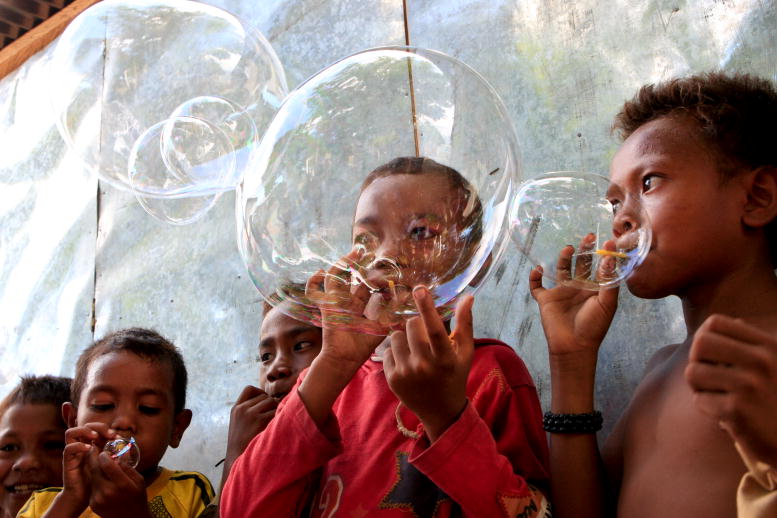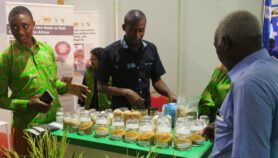By: Jan Piotrowski
Send to a friend
The details you provide on this page will not be used to send unsolicited email, and will not be sold to a 3rd party. See privacy policy.
The United States Agency for International Development (USAID) is further “ramping up” its commitment to placing science and technology at the heart of development with the launch today of a major innovation partnership.
Bringing together a wide range of actors, including businesses, universities and NGOs, the US Global Development Lab (GDL) will help create and spread science-based solutions to some of the world’s greatest challenges, says Lona Stoll, a senior advisor to USAID’s administrator.
“It is a leap to the next step of our ramping up of science as part of a fundamental shift in how we view development,” she tells SciDev.Net.
“[The lab] opens up a space to those who don’t consider themselves development actors, but who have skills and expertise that can help accelerate development solutions.”
Big names representing the private sector, including Coca-Cola, GlaxoSmithKline and Microsoft, will work alongside US universities and scientific institutions, and non-profits such as Save the Children and CARE International.
On top of US$151 million earmarked for the lab if the US Congress approves the agency’s 2015 budget, USAID hopes to tap into the pool of US$30 billion that GDL’s 32 partners already spend on science, technology and innovation in developing economies.
Stoll says the lab will combine these financial resources with expertise from collaborators and a 150-strong in-house team. One main role will be to scale up, refine or expand USAID pilot projects in areas such as food security, energy access, and maternal and infant health, she says.
“The lab opens up a space to those who have skills and expertise that can help accelerate development solutions.”
Lona Stoll, USAID
A manure-powered refrigerator, time- and money-saving mobile HIV-testing equipment and a device to aid untrained midwives with complicated births are just a few of examples of existing innovations that could receive attention, she adds.
Another area of USAID’s work that GDL’s activities could boost is the Development Innovation Ventures competition designed to identify and scale-up innovations in developing countries. One project, for example, has used daily text message reminders to help reduce the number of tuberculosis patients in Indian slums who drop out of treatment.
Derek Brine, who works on technology evaluation at the Massachusetts Institute of Technology, sees the lab as a “great opportunity” to accelerate the impact of academic advances.
His current work with USAID to assess the suitability of technology for use in the developing world can be used by the private sector partners to identify gaps and act on them, he says.
“It is a chance to make really interesting connections with a wide variety of organisations, and then allow these collaborations to organically germinate and grow,” he tells SciDev.Net.
While the development sector has a long history of private-public partnerships, the diversity of the organisations involved in this new venture is “truly significant”, says Cathleen Campbell, CEO of CRDF Global, a US think-tank that promotes international scientific collaboration.
The main challenge will be to align the partners’ different goals, but if this can be achieved, the fast-moving private sector, with its experience of diverse markets and innovation, can bring significant value to development activities, she says.
However, to have the truly global reach that its name suggests, the lab needs to eventually diversify its currently US-centric list of partners, Campbell adds.














